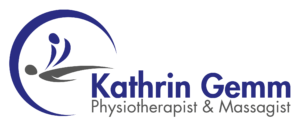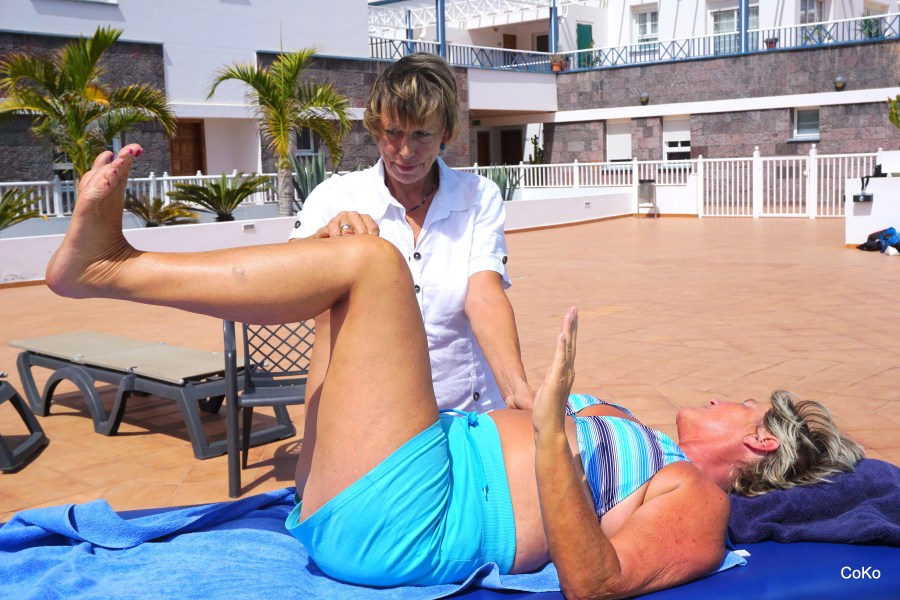Cranio
Craniosacral Therapy (CST) is a holistic manual treatment method that, with the help of gentle touch by the therapist, can release and correct blockages and functional disorders of the body and soul. The hands are the therapist’s most important instruments. The name is derived from the bones involved: skull (cranium) and spine to the sacrum (sacrum). A person’s craniosacral system fills and empties rhythmically with cerebrospinal fluid. This rhythm, like the heart and breathing rhythm, can be felt throughout the body. An imbalance in the craniosacral system can lead to functional disorders in perception, motor skills or thinking.
The treatment activates and supports the body’s own self-healing powers. Local problems are tracked down and permanently eliminated.







